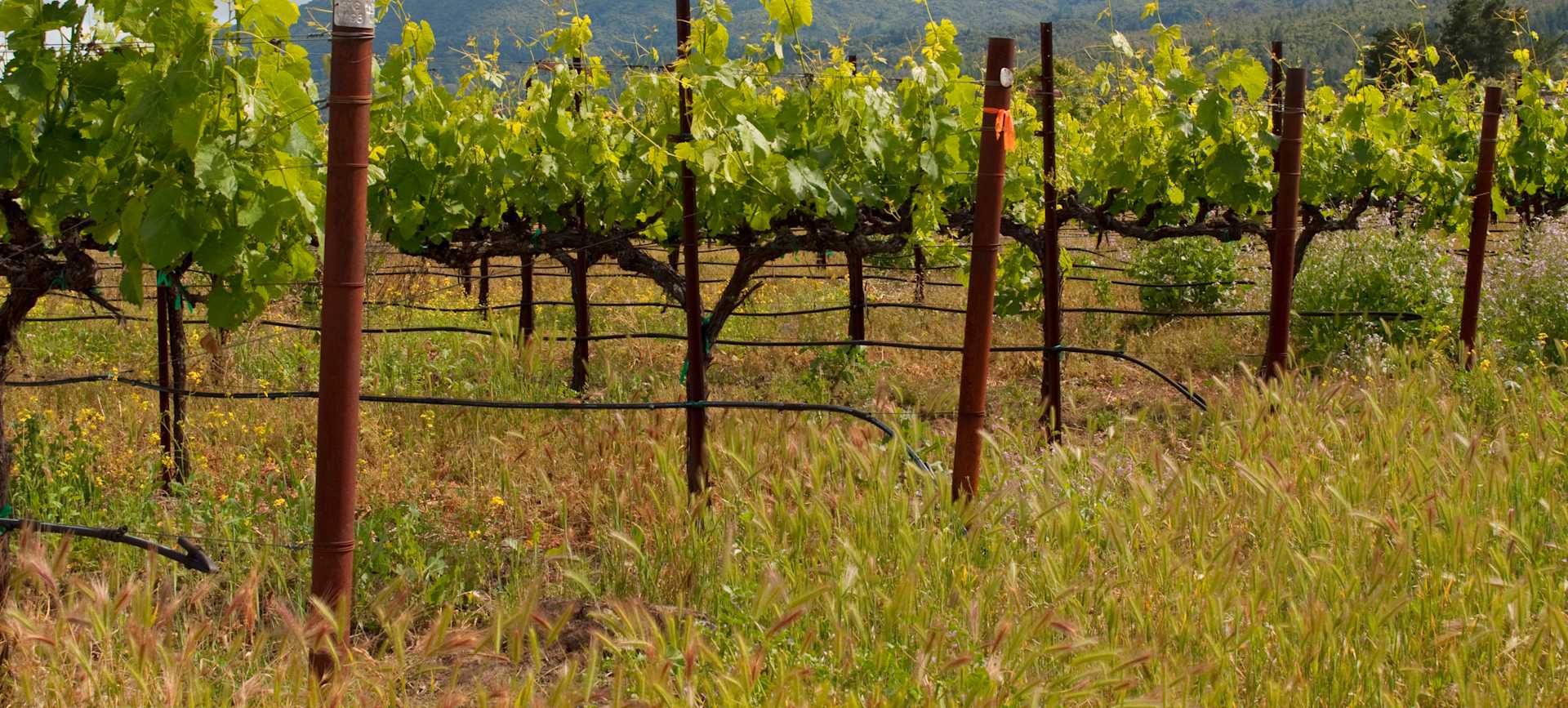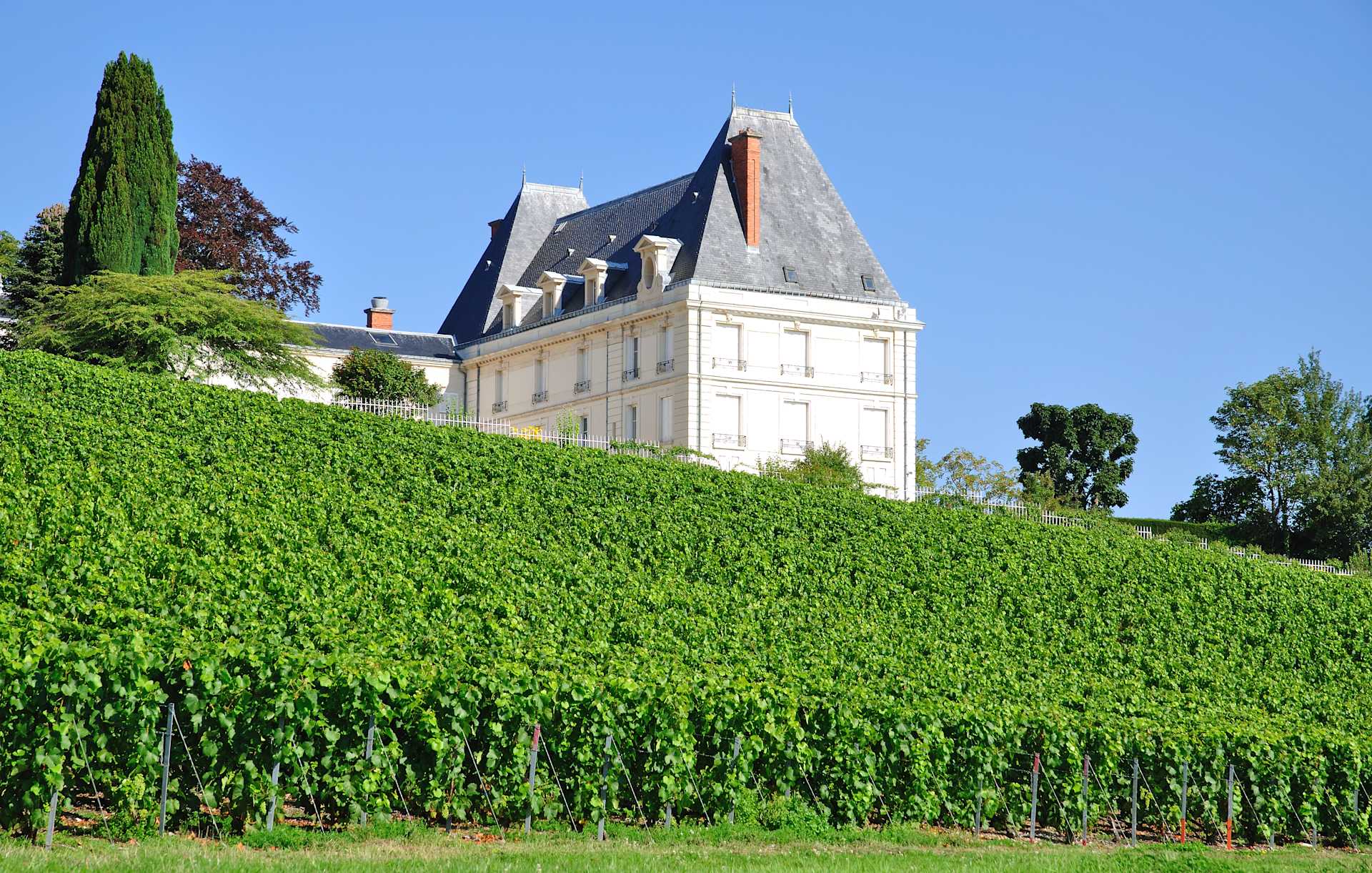Vilmart & Cie Coeur de Cuvee Brut Premier Cru 2014
-
Jeb
Dunnuck



Product Details
Your Rating
Somm Note
Winemaker Notes
Its straw-yellow color is accompanied with a fine persistent mousse crowning the disc with a fine and harmonious cord. On the nose, the first aromas are very complex and awake the senses. After a few moments, with much of delicacy, subtle notes of flowers and fresh fruit are married with more subtle lemony flavors. The nose is both elegant and powerful, which indicates a wine of great complexity and a beautiful harmony. Once in your mouth, aromas of butter, crème brûlée and spices blossom awaken taste buds. It is a gourmand and generous wine with an exceptional freshness. After several minutes of tasting, the complexity and the scarcity of this wine gives an explosion of flavors in the mouth, with a dominant citrus fruit and some salinity on the finish, a real aromatic symphony.
Blend: 80% Chardonnay, 20% Pinot Noir
Professional Ratings
-
Jeb Dunnuck
Made from 80% Chardonnay and the rest Pinot Noir, the 2014 Champagne Coeur de Cuvée Brut is custardy with crème brûlée, lemon curd, brioche, and green apple. The mousse is creamy and round, with salted lemon on the finish. Drink this lovely, decadent-slanting wine over the coming two decades.
Other Vintages
2015- Vinous
-
Wine
Spectator
-
Robert
Parker
-
Robert
Parker

The majority of Vilmart's 11 hectares of vines lie in Rilly-la-Montagne, although there are a few plots just over the border in the neighboring village of Villers-Allerand. Vilmart is a member of Ampelos, an organization that promotes organic and sustainable viticulture, and Champs has never used any herbicides or chemical fertilizers since taking over the estate. All of the vineyards are planted with cover crops and plowed, and Champs enjoys an additional advantage in that his parcels are relatively large—only 12 different parcels over 11 hectares—meaning that he is more protected from contamination by chemical treatments in neighboring plots.

Representing the topmost expression of a Champagne house, a vintage Champagne is one made from the produce of a single, superior harvest year. Vintage Champagnes account for a mere 5% of total Champagne production and are produced about three times in a decade. Champagne is typically made as a blend of multiple years in order to preserve the house style; these will have non-vintage, or simply, NV on the label. The term, "vintage," as it applies to all wine, simply means a single harvest year.

Associated with luxury, celebration, and romance, the region, Champagne, is home to the world’s most prized sparkling wine. In order to bear the label, ‘Champagne’, a sparkling wine must originate from this northeastern region of France—called Champagne—and adhere to strict quality standards. Made up of the three towns Reims, Épernay, and Aÿ, it was here that the traditional method of sparkling wine production was both invented and perfected, birthing a winemaking technique as well as a flavor profile that is now emulated worldwide.
Well-drained, limestone and chalky soil defines much of the region, which lend a mineral component to its wines. Champagne’s cold, continental climate promotes ample acidity in its grapes but weather differences from year to year can create significant variation between vintages. While vintage Champagnes are produced in exceptional years, non-vintage cuvées are produced annually from a blend of several years in order to produce Champagnes that maintain a consistent house style.
With nearly negligible exceptions, . These can be blended together or bottled as individual varietal Champagnes, depending on the final style of wine desired. Chardonnay, the only white variety, contributes freshness, elegance, lively acidity and notes of citrus, orchard fruit and white flowers. Pinot Noir and its relative Pinot Meunier, provide the backbone to many blends, adding structure, body and supple red fruit flavors. Wines with a large proportion of Pinot Meunier will be ready to drink earlier, while Pinot Noir contributes to longevity. Whether it is white or rosé, most Champagne is made from a blend of red and white grapes—and uniquely, rosé is often produce by blending together red and white wine. A Champagne made exclusively from Chardonnay will be labeled as ‘blanc de blancs,’ while ones comprised of only red grapes are called ‘blanc de noirs.’